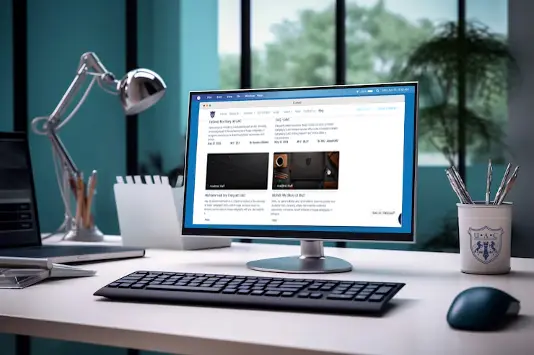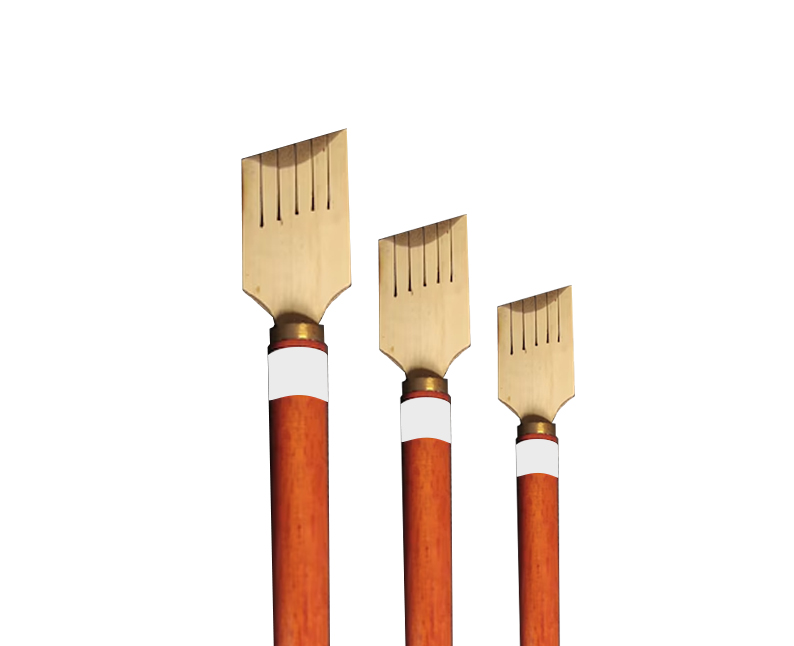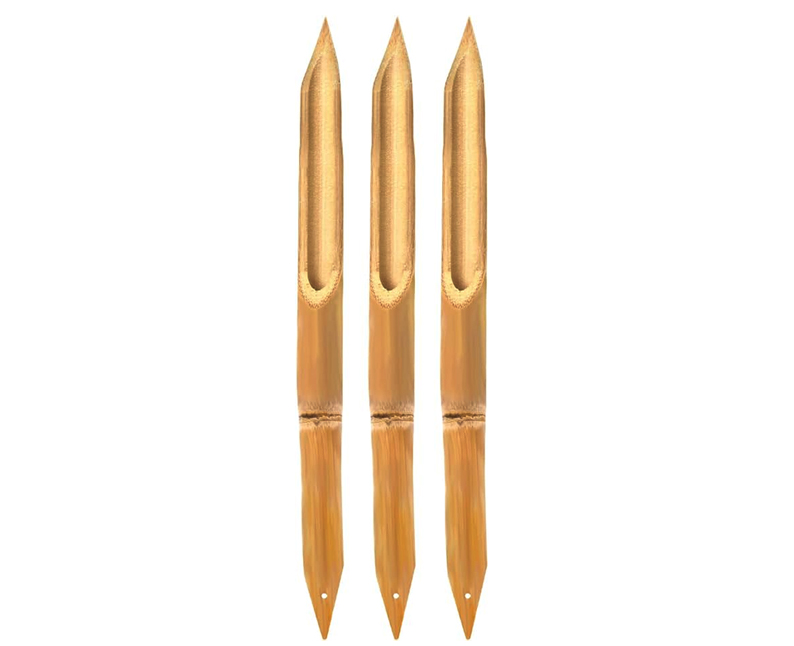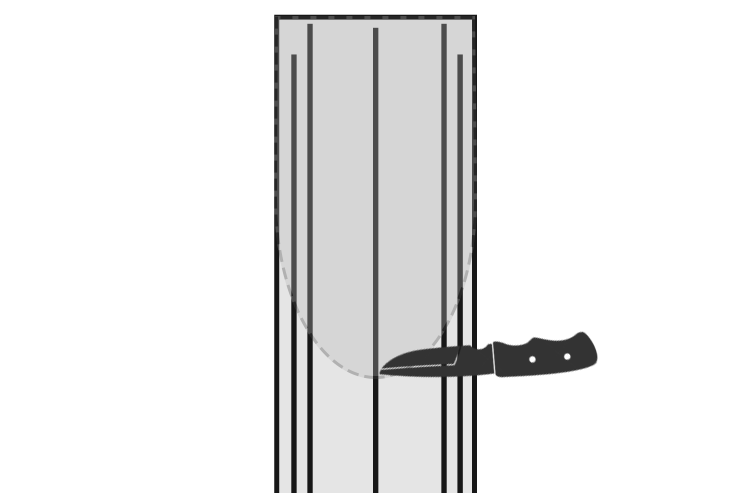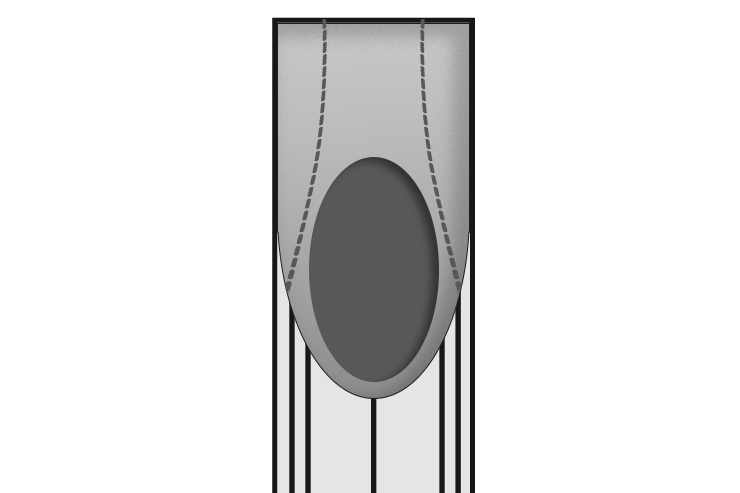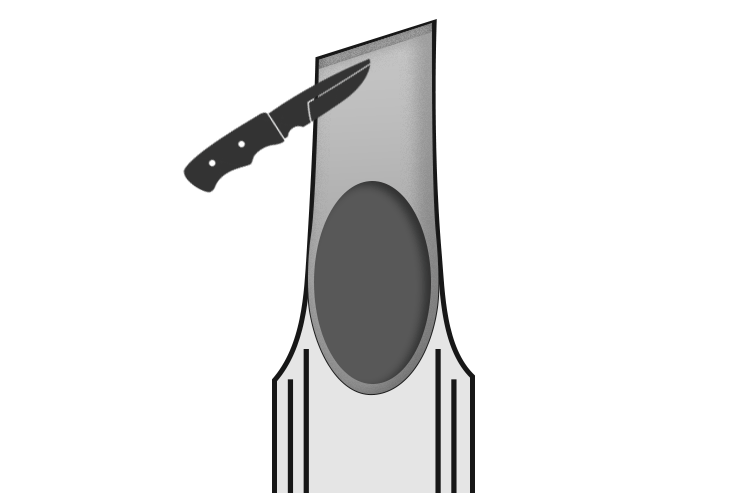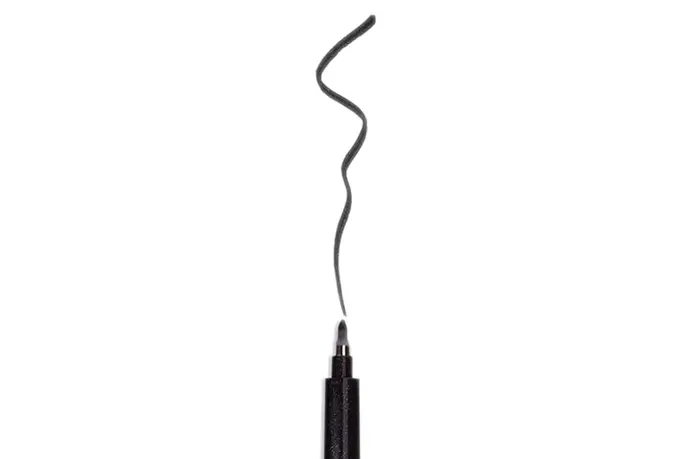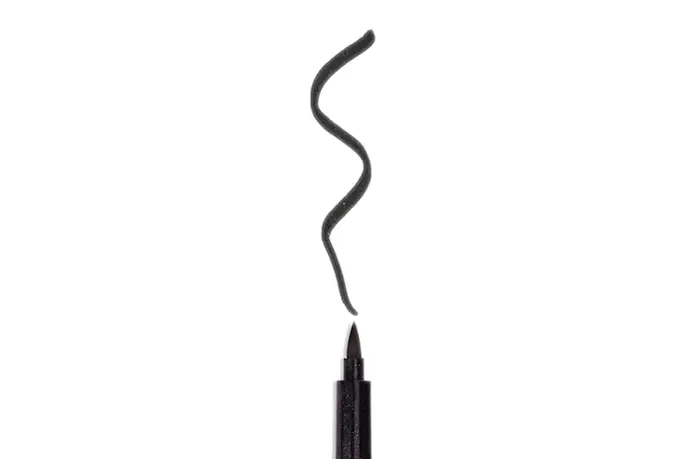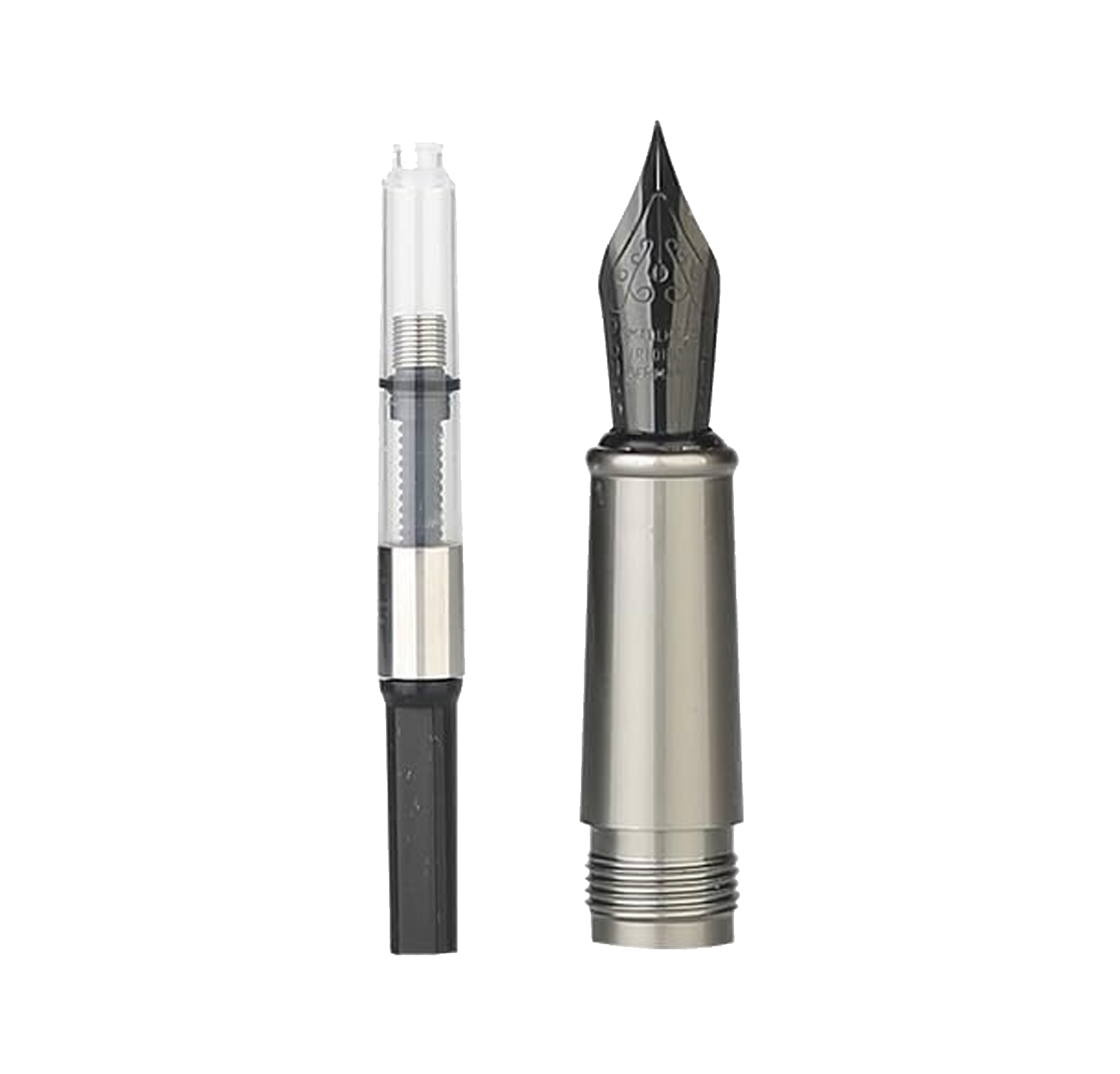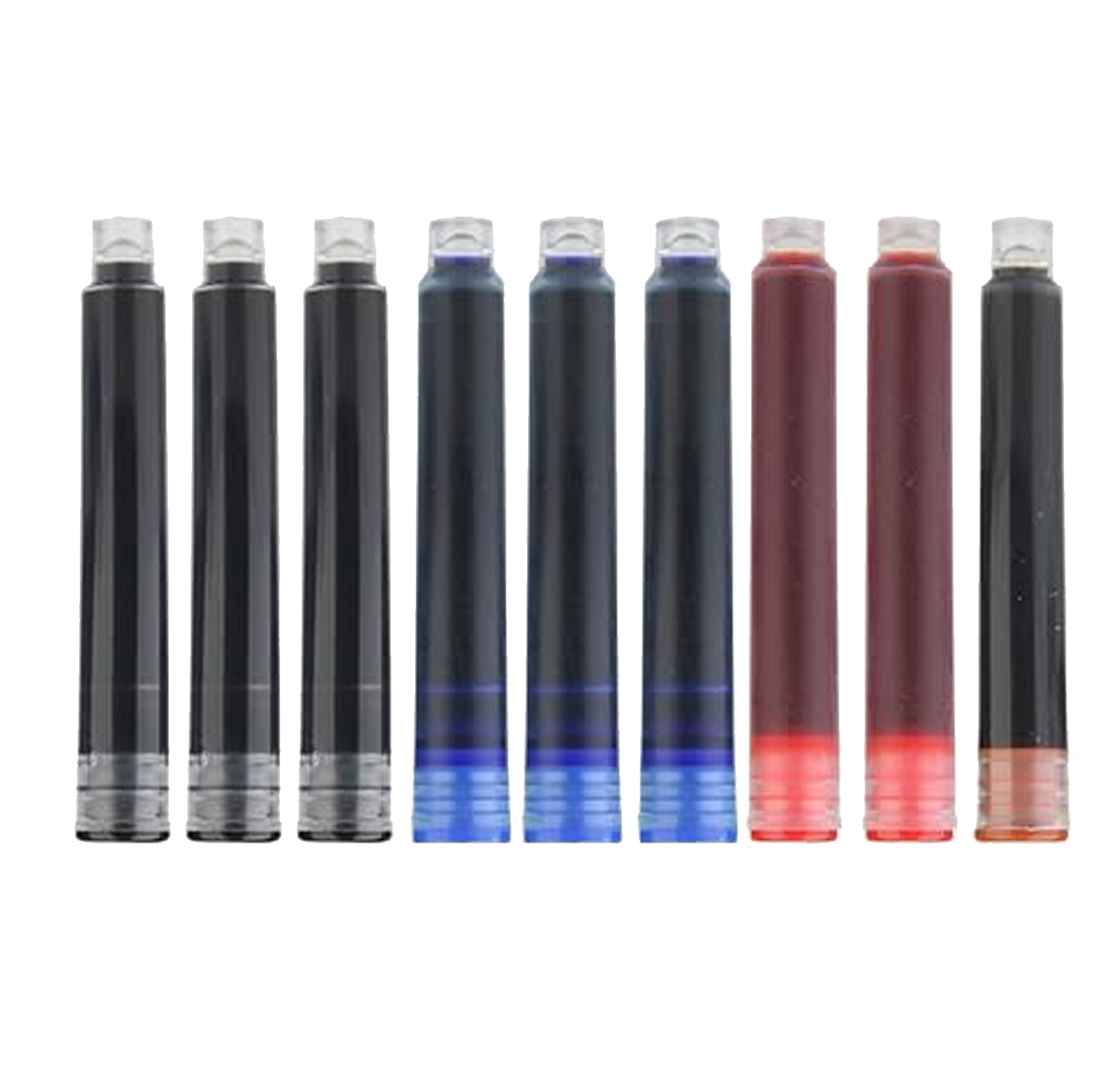Understanding Arabic Calligraphy Pens
Arabic Calligraphy Pens
Arabic calligraphy is an exquisite art form that requires specialized tools to achieve its intricate and flowing script. The pen, known as a "Qalam," is fundamental to the practice of Arabic calligraphy. Here, we'll explore the different types of Arabic calligraphy pens, their unique characteristics, and how they compare.
Types of Arabic Calligraphy Pens
1. Reed Pen (Qalam)
Traditionally made from reeds or bamboo, this pen is highly favored by calligraphers for its flexibility and the quality of lines it produces.
- Uses: Ideal for classical and traditional calligraphy styles.
- Maintenance: Requires regular sharpening and careful handling to maintain its shape and effectiveness.
Samples of Pen:
Qalam Bamboo normal |
Tomar pen |
Double Head Hard Strong Bamboo Reed Pens |

How to make a reed pen:
For those interested in creating their own reed pen, the following comprehensive guide will walk you through the process step by step, ensuring you achieve the desired results for your writing instrument.
Stage: 1 Cut the reed pen as shown above. |
Stage: 2 After cutting the reed pen it will be like a this image. |
Stage: 3 Now, cut the two sides of the reed pen as shown. |
Stage: 4 Next, make the reed pen nib as shown. |
Stage: 5 Finally, cut the middle of reed pen as shown. |
2. Brush Pen
Made from flexible bristles, this pen allows for fluid and expressive strokes.
- Uses: Perfect for creating flowing, dynamic lines and modern calligraphy styles.
- Maintenance: Requires proper cleaning to preserve the bristles.
Samples of Brush Pen:
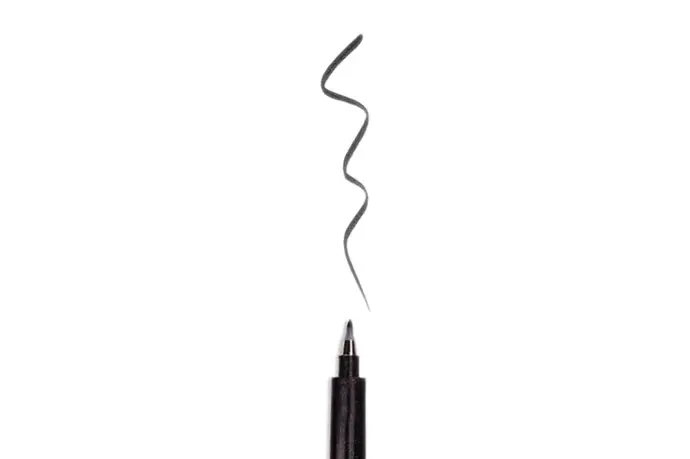 Fine |
Medium |
Bold |
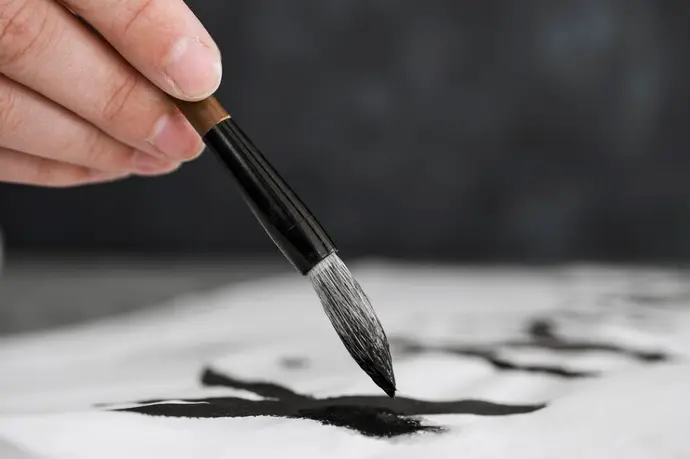
3. Fountain Pen
A modern adaptation with a built-in ink reservoir and various nib
styles.
- Uses: Convenient for everyday practice and formal work.
- Maintenance: Easy to refill and clean, but nibs should be handled with care.
Ink Refill |
Ink Cartridges |
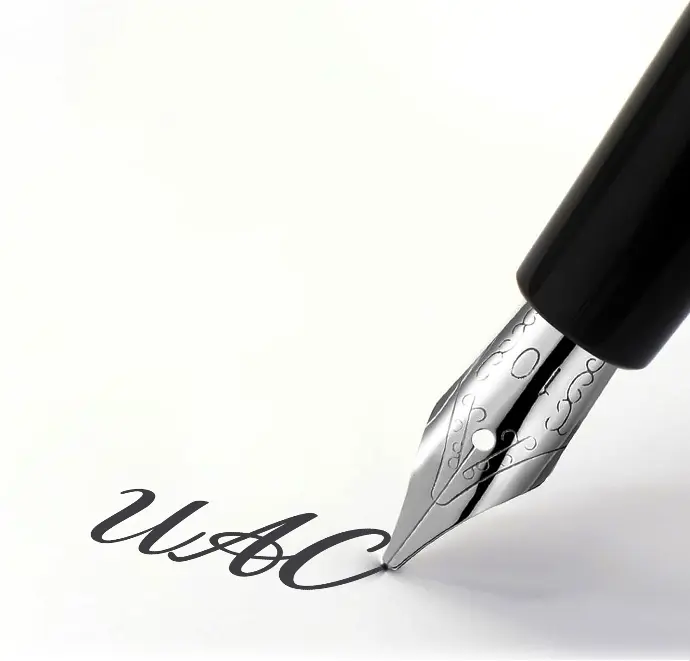
4. Metal Nib Pen
Features a metal nib attached to a wooden or plastic holder. The nibs come in various sizes and shapes, allowing for a wide range of line thicknesses.
- Uses: Suitable for detailed and intricate work, as well as contemporary calligraphy.
- Maintenance: Easier to maintain than reed pens but may require cleaning to prevent ink clogs.
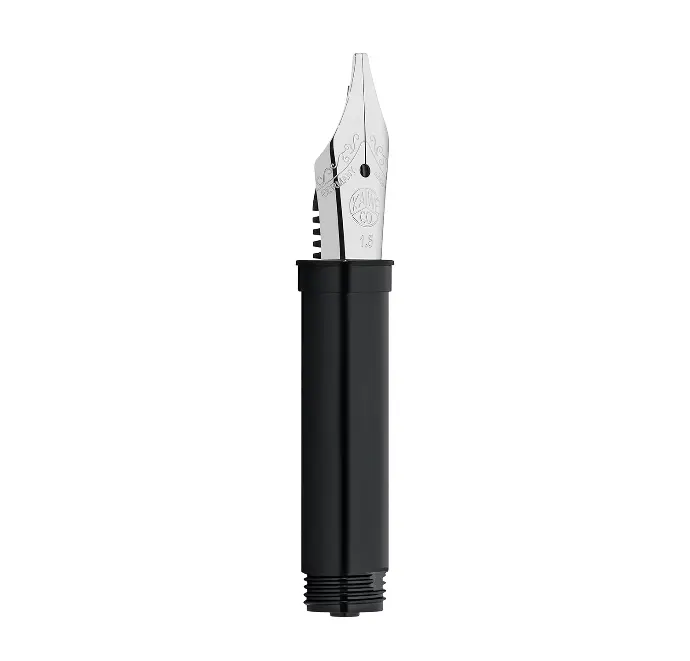
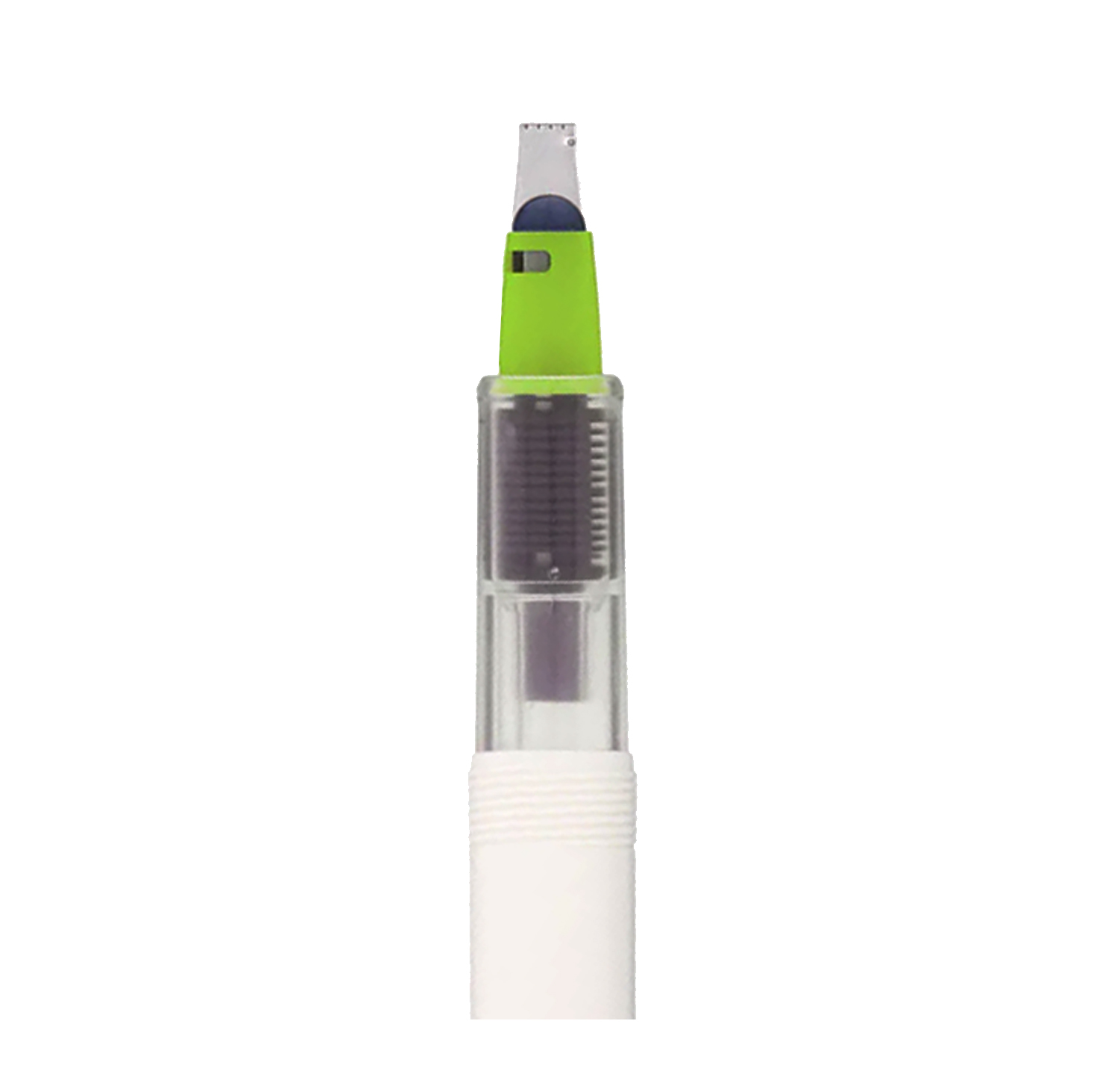
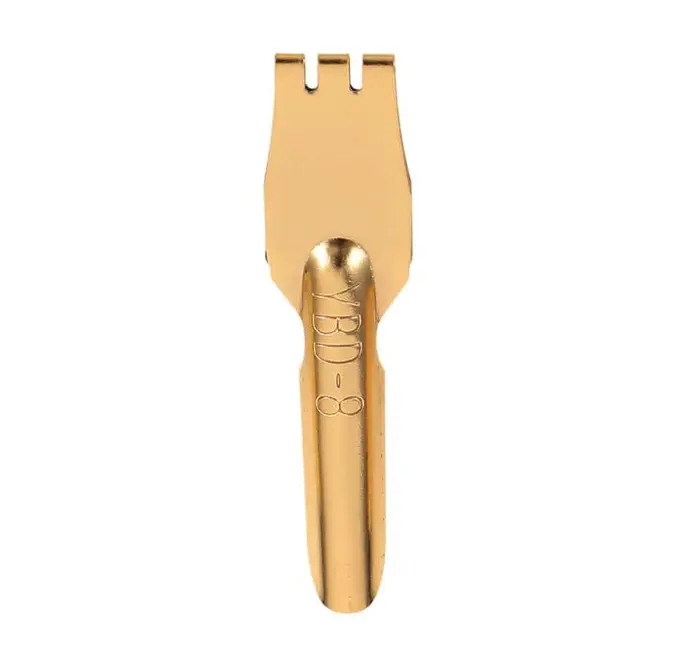
Pen Angles
The success of many calligraphy styles hinges on the pen angle. Different scripts have specific angles at which the pen is held in relation to the writing surface. This angle directly affects the thickness of your strokes, the overall consistency of your letters, and even the aesthetic characteristics of the script itself. As a calligraphy learner, it's crucial to understand the recommended pen angle for the script you're practicing. Mastering this technique will help you achieve the desired look and flow for your chosen calligraphy style.
Take a look at the photos below to learn about the required angles for each Arabic calligraphy style.

Thuluth & Naskh
The recommended pen angle for Thuluth and Naskh calligraphy is 35 degrees.
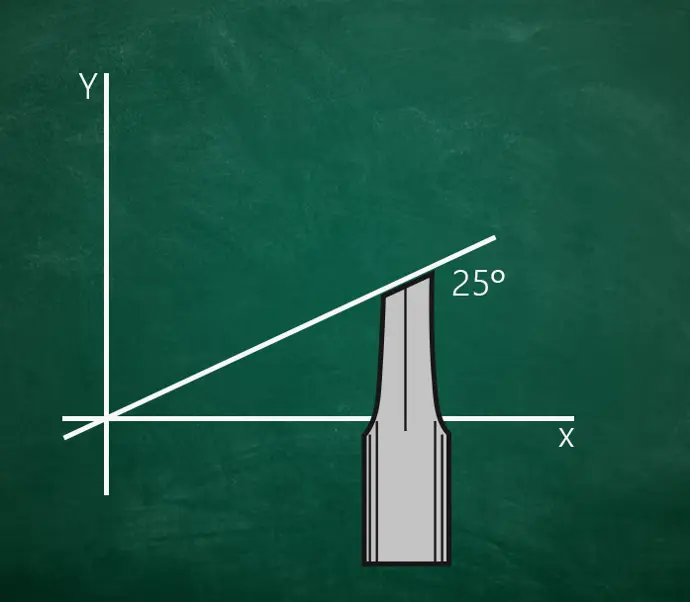
Diwani & Ruqaa
The recommended pen angle for Diwani and Ruqaa calligraphy is 25 degrees.
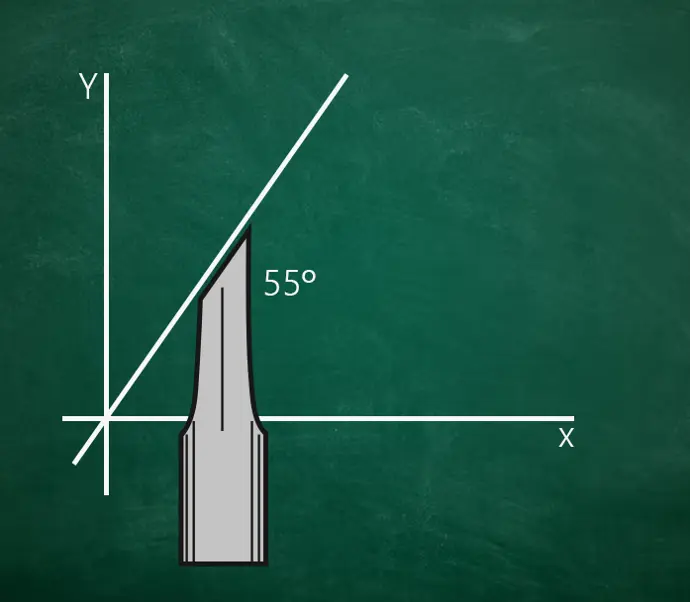
Farsi
The recommended pen angle for Farsi calligraphy is 55 degrees.



